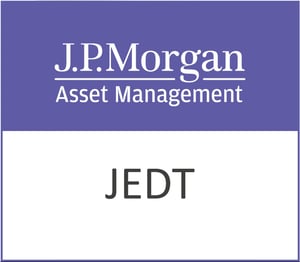Edinburgh Investment Trust PLC (EDIN.L), a significant player in the investment trust sector, is currently capturing the attention of investors with its solid market capitalisation standing at $1.14 billion. Despite being devoid of specific sector and industry classifications, this investment trust is making waves on the stock exchange with a current price of 792 GBp, maintaining the status quo with a minor price change of 2.00 GBp or 0.00%.
Investors looking into Edinburgh Investment Trust will note that it operates without conventional valuation metrics such as P/E ratio, PEG ratio, or price-to-book ratio, reflecting its unique positioning in the market. This absence, however, should not deter interest, as the trust offers other avenues for analysis and insight, notably its technical indicators.
The trust’s stock has displayed resilience, navigating a 52-week range of 7.99 to 809.00 GBp, indicative of its capability to manage market fluctuations. The lack of valuation metrics might suggest a differentiated investment strategy, possibly focusing on long-term capital growth and income generation.
Technical indicators present a compelling narrative for those inclined towards data-driven decisions. The 50-day moving average stands at 602.47, while the 200-day moving average is 709.84, which can signal potential trends and investor sentiment. Notably, the Relative Strength Index (RSI) at 79.37 might suggest that the stock is currently in overbought territory, a point of interest for technical analysts who consider RSI levels above 70 as a potential precursor to a market correction.
Moreover, the Moving Average Convergence Divergence (MACD) and its signal line, standing at 91.21 and 73.27 respectively, reinforce the narrative of current momentum. These figures could imply a bullish trend, providing an attractive entry point for investors bullish on the trust’s prospects.
However, the investment trust does not currently provide insights on revenue growth, net income, or earnings per share, which could be seen as a limitation for those who favour traditional financial metrics. The absence of dividend yield and payout ratio information further adds to the trust’s profile as an investment vehicle possibly geared more towards capital appreciation rather than immediate income generation.
The analyst ratings section remains notably sparse, with no buy, hold, or sell ratings reported. This could suggest a niche focus or a more specialised investment audience. Likewise, the absence of a target price range and average target might encourage investors to undertake their own valuations and forecasts, fostering a deeper understanding of the trust’s potential.
For those seeking a solid investment trust with a robust market cap and steady technical performance, Edinburgh Investment Trust PLC offers a unique opportunity. While traditional metrics and analyst insights are sparse, the trust’s technical indicators and stable market presence provide a foundation for informed investment consideration, particularly for those with a keen eye on long-term growth and capital stability.









































